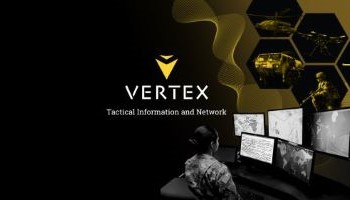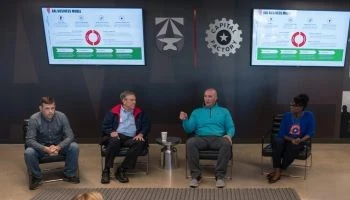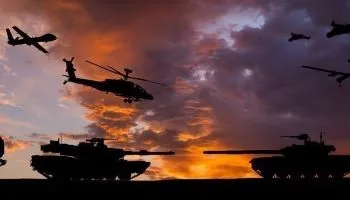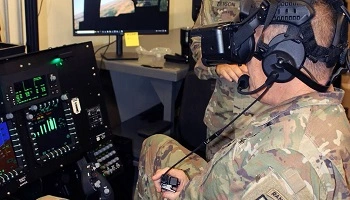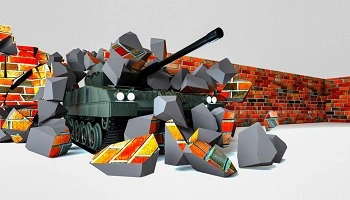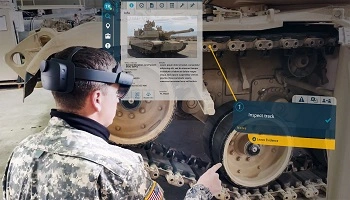We are Army Innovation
Shape how the Army works.
While many of the world's top technologies trace their origins to military innovations, technology development is now led in the private sector — in part, because of business models and processes that support speed and agility. AAL wants to close that gap — for the good of our Soldiers, for the good of our economy, and for the good of our country. Together, we can make the Army a better business partner and strengthen the nation's defense.

Our Focus Areas
Power & Energy
Finding ways to generate, store, distribute, and secure on-demand power is paramount for the Army — from individual Soldiers to ground vehicles and aircraft. Yet finding solutions that deliver flexible power and energy remains an operational challenge. The good news is that technologies cropping up in this area across the market could have a major impact, as could the companies that develop them. We're on the hunt for those game-changing solutions that can meet military demands and are ready to be applied across our force.
SEE OPEN OPPORTUNITIESContested Logistics
Logistical blockages show up in a variety of ways, but they all create problems for the Army. From radio jamming and cyberattacks to drones and supply chain disruptions, contested environments put people in harm's way — and make it difficult for Soldiers to accomplish their missions. So we are looking for solutions like manufacturing at point of need or predictive logistics that can ease the movement of personnel, supplies, and equipment across the United States, abroad, or in transit from one location to another.
SEE OPEN OPPORTUNITIESHuman Performance
People are our greatest resource. That's why the Army is making investments in technologies to optimize Soldiers as individuals, not just their strength. We must safeguard their physical, mental, and emotional health by adopting human-centric tools that can help aid and protect them. We aren't in it for profit. We're looking for solutions that provide ROI in the form of enhanced Soldier performance. If there's a solution that meets that need, we want to know about it.
SEE OPEN OPPORTUNITIESRobotics & AI
Applied AI and advancements in robotics have made life easier for most of society. For the Army, those same technologies can improve mission outcomes, keep Soldiers safe, and increase our operational capability. The right solutions can reduce the physical and cognitive load on Soldiers, and they can give leaders better information, faster, to inform strategies and tactical decisions. Whether building an autonomous platform or using AI to improve operations, we are leaning into advanced engineering tools that offer new ways to perform our most important tasks.
SEE OPEN OPPORTUNITIESWhat People Are Saying
This is revolutionary change. What you are doing is setting the course of the Army for the next 20-30 years.
General Edward M Daly AMC Commanding General
The level of openness and collaboration is practically unheard of in Government contracts, but is the way that it should be done.
Cohort Participant AAL Portfolio Company
These cohorts are not focused on one widget. They are not bound to rigid requirements processes. They are working to dissect and solve complex operational problems for the Army. And, at the end of the day, that's the driving force behind the Army Applications Laboratory.
CSM Mike Crosby Former Command Sergeant Major, AFC
Having a chance to be hands on with the Soldiers and the equipment is very rare and very valuable. We learned a lot about the issues to be addressed that really drove our development for the remainder of the effort.
Cohort Participant AAL Portfolio Company

